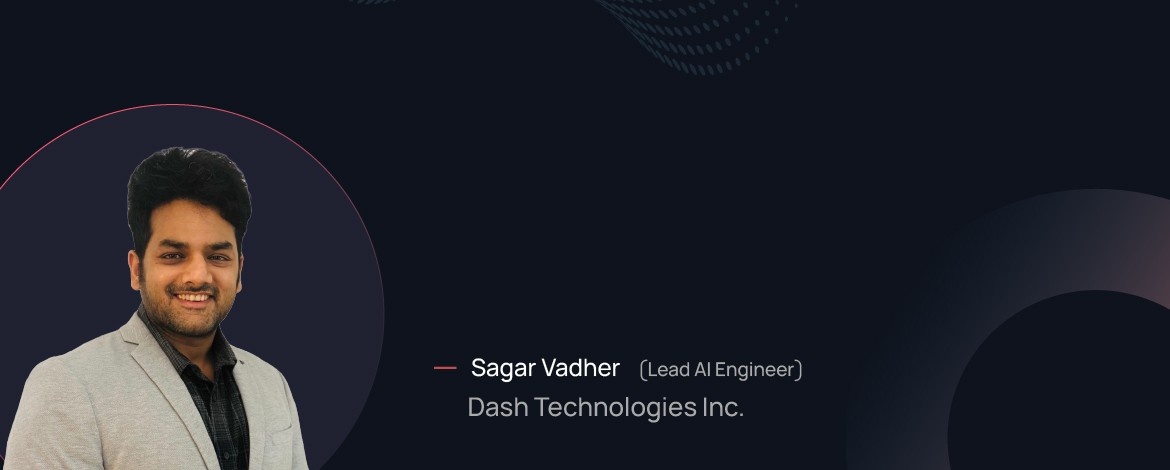


Learn how the Cursor AI tool impacts real coding workflows & developer productivity in our experiment.
Can Cursor AI tool really change the way developers work; without sacrificing product quality? In Part 1, Dash Technologies posed this question by doing an experiment comparing and contrasting using the Cursor AI and manual coding in building a secure notetaking and task manager app. The task tested both approaches on complex features like user authentication, note management, and responsive design.
Today, we’re pulling back the curtain and sharing the unfiltered perspectives from both developers about their experiences with AI in product development. Why does developer feedback matter so much? Because all the performance metrics in the world won’t tell you whether software development AI tools can actually integrate into real development workflows. It’s about understanding the human factor: the cognitive burden, the learning curve, the trust factor, & the creative process that ensues when developers embrace or reject such productivity tools.
These results are going to change your understanding of the future of coding completely, and whether AI in product development can revolutionize app development. Get ready for some mind-blowing revelations that dwarf anything that any marketing pamphlet could ever say about AI developer technology.
Previously, we covered that our experienced full-stack developer has 5-6 years of Java experience and prefers to build software using traditional development methods. For our experiment, they represented the gold standard of traditional software development, AI tools-free coding.
The manual developer employed the conventional methodical approach that has been successful in the industry for many years to build the application. Our developer carefully designed the architecture, manually writing every Java Spring Boot line, and implemented the JWT authentication system using Spring Security 6 from scratch. No cutting corners, no AI tools for developers, just pure human expertise tackling business logic, CRUD operations, & PostgreSQL integration one function at a time.
The process was thorough but demanding. 25 hours from start to finish, each minute of writing, debugging, and perfecting code by hand. The greatest challenge? Frontend development, which took them out of their comfort zone with ReactJS, Material UI, and responsive CSS layouts. But here’s what’s fascinating: despite the time investment, they never felt truly stuck. Their experience provided a roadmap through every obstacle.
Prior to the experiment, our developer showed skepticism yet curiosity toward the use of AI in product development. “This was a medium complexity task,” he explained. “For AI, it could be very easy. If it were more complex, then it would be harder for AI, too.” Their perception changed during the experiment; although he still enjoys the control and predictability of coding manually, he’s now happy to use developer productivity tools to increase his speed & productivity.
The result was good, fulfilling all the requirements with security and functionality appropriate for enterprise deployment. The investment time, however, was steep, particularly for boilerplate code and basic CRUD operations. The insight? Manual coding provides unmatched control and fewer surprises, but about Cursor AI tools and similar technologies? We’ll see it in the next section.
Enter our AI developer, a junior Python developer with no prior Java experience, but armed with curiosity and the Cursor AI tool. This test was specifically designed to determine whether AI tools for programmers can bridge the experience gap and compete with the skills of seasoned manual coders.
Our Cursor-empowered developer took a completely different path, spending 60% of his 5 hours on the craft of creating advanced prompts rather than programming. This wasn’t random trial and error; he methodically collected requirements and turned them into comprehensive prompts to guide the Cursor AI tool in producing excellent, working code. The remaining 2 hours were spent debugging and fixing the code.
“I focused heavily on crafting detailed prompts rather than jumping straight into coding,” he explained. The strategy paid off. The AI-generated well-structured Java Spring Boot backend code and ReactJS frontend components, and even handled complex authentication flows, all from a developer who had never touched Java before.
The growth wasn’t smooth. Poor initial prompts resulted in code that had to be refactored heavily or even scrapped altogether. A very troublesome 403 Forbidden issue involved almost an hour of debugging through 15-20 iterations of chat with Cursor. However, here’s where it gets interesting: as prompt quality improved, the output of the software development AI tools dramatically enhanced.
